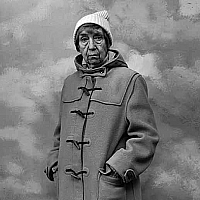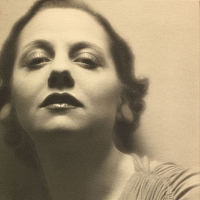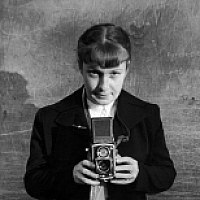
Mois de la photo 2010 Point information 5,7 rue de Fourcy 75004 Paris France
Galerie des bibliothèques 22, rue Malher 75004 Paris France
The exhibition Photos Femmes Féminisme 1860-2000 is a historical journey through the photographic collection of the Marguerite Durand Library.
Towards the end of the 19th century Durand, a former actress turned Journalist, started to amass an archive of photographs both from La Fronde, the daily feminist newspaper she started, and from her library which she gave to the city of Paris in 1931. Since then the collection has been added to whilst retaining its original aim, namely to showcase the activity and creativity of women and to gather documentation on feminism and the activities of its key figures. The photographic archives were not originally conceived as such, but the notion came about more recently when the status of historical photography was changing and when Simone Blanc and then Annie Metz, the library’s curators, turned their professional attention to the collection.
The acquisition of more photographs became a priority, especially the work of Well-known women photographers such as Germaine Krull, Laure Albin- Guillot, Berenice Abbott, Gisèle Freund, Yvonne Chevalier, Edith Gérin, Sabine Weiss, Margaret Bourke-White, Janine Niepce, and Irina Ionesco. Documenting the feminist movement in photographs has also always remained a priority, as reflected in the impressive collection of Catherine Deudon’s photographs focusing on the French Women’s Liberation Movement (M.L.F.) Of the 4000 photographs in the archive, 220 were selected for the exhibition by Annie Metz and Florence Rochefort, a researcher at the Centre National de la Recherche Scientifique (C.N.R.S.) specializing in women and gender history. The choice of pictures was first made on aesthetic grounds, particular attention being given to the rarity of the photograph, the photographer, and the quality of the image.
Secondly, the chosen pictures had to reflect the themes and chronological breadth of the collection.
Looking at these photos provides us with the key aspects of a visual culture that allows women to assert themselves as the subject both of their own History and of collective history. Although the history of photography, like that of politics, is often still written from a male standpoint, reinstating its many different faces leaves the way open to another version of the past, which recognises the decisive role women’s emancipation has played in the struggle for equality and freedom.







